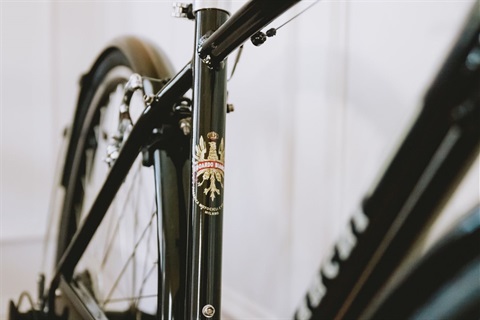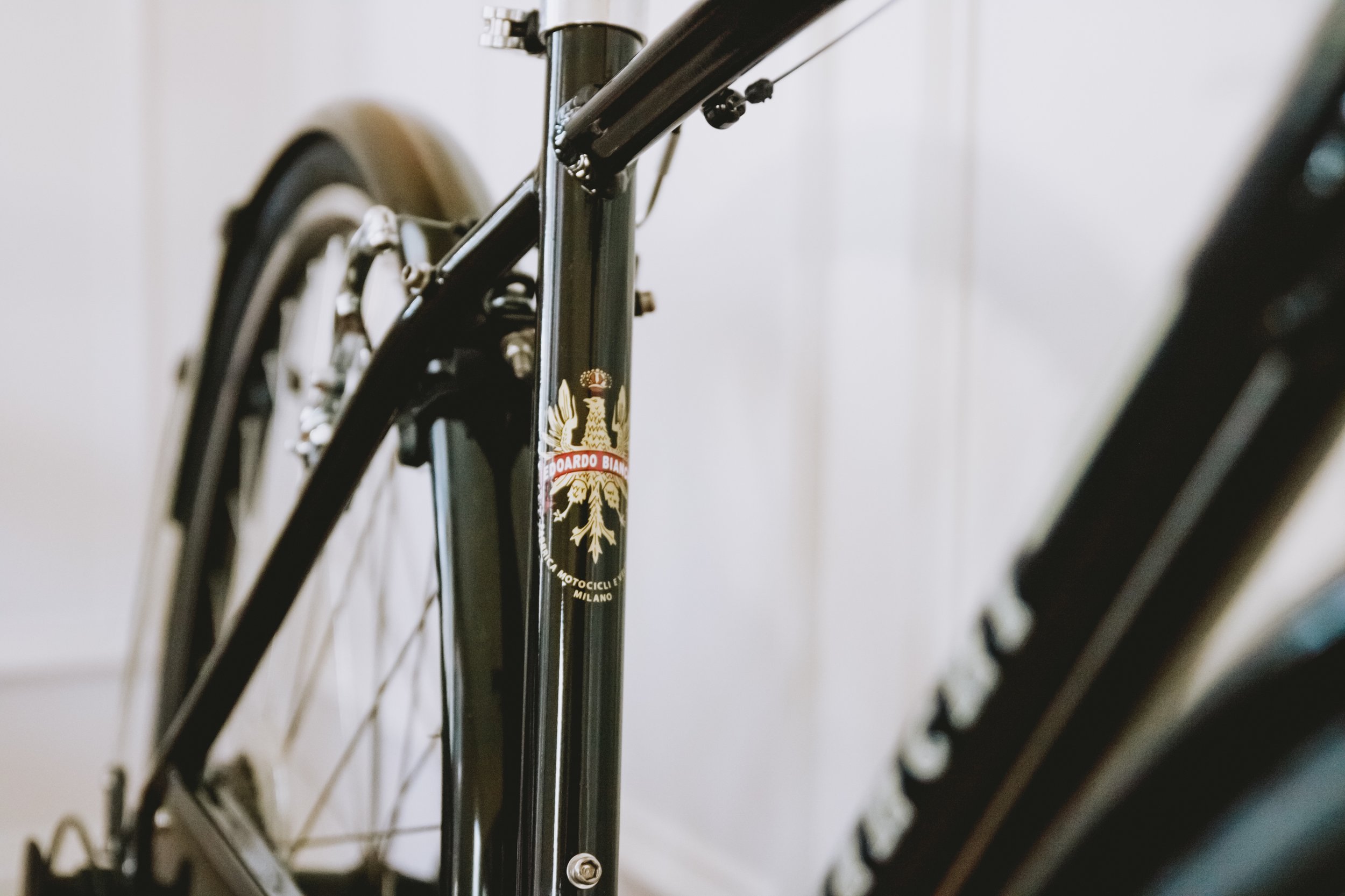FOCUS: Bike Safety


 If your bike is stolen, call the police immediately at (520) 682-4032. Tell them who you are, where and when the bike was stolen, and give a description of the bike.
If your bike is stolen, call the police immediately at (520) 682-4032. Tell them who you are, where and when the bike was stolen, and give a description of the bike.
When riding your bike there are some simple do's and don'ts to follow to remain safe.
Do...
- Where a helmet and protective gear.
- Ride with traffic; keep to the right of the road.
- Obey all traffic regulations.
- Use proper hand signals for turning or stopping.
- Stop and look both ways in order to make sure that sidewalks are clear before entering.
- Use proper headlights and red tail lights or reflectors when riding at night.
- Walk your bike across busy streets at corners and crosswalks.
Don't...
- Show off; keep your hands on the handlebars.
- Zig Zag, race, or stunt ride in traffic.
- Hitch rides on cars or trucks.
- Carry passengers.
- Carry large packages which could get in your way (use a luggage carrier or basket).
- Wear dark clothing at night, (instead wear reflective clothing and light colors.)
- Tailgate or ride too closely to other vehicles.
Accidents involving bicycles are steadily increasing. Major streets are the most dangerous. The peak traffic hours between 4 p.m. and 6 p.m. are the most dangerous for cyclists. Avoid busy streets as much as possible and try to plan your biking before 4 p.m.
Bike Maintenance
The fun of riding is missed if your bicycle doesn't work right. Check your tires daily for air pressure and wear. Making sure the handlebars, seat/saddle and pedals are tight can prevent a fall. Lubricate the chain and wheels often. Ask your parents or a qualified bike mechanic to help you keep your bike in top condition
Bike riding is fun, it's exciting, and it's a great way to explore the area where you live. You won't be alone when you are riding; however you'll be sharing the road with vehicles of all shapes and sizes.
Bike riding fun should go along with bike safety. This brochure contains information that children and adults should share together so that bike riding is safe and fun for everyone.
Before You Ride
Protect your head and wear a helmet!
- Studies have shown that using a bicycle helmet can reduce head injuries by up to 85%. Select a helmet that has a snug but comfortable fit.
- Look for helmets that are designed and manufactured to meet or exceed the CPSC bicycle helmet standards. Make sure that the helmet you choose is designed for what you are using it for.
- Be seen and wear proper clothes.
- Wear clothes that make you more visible. Clothing should be light in color and close fitting to avoid being caught in the bicycles moving parts.
- When riding after dark, you must have a front lamp that gives a white light light visible for at least 500 feet. As well as a front white reflector. A red rear reflector or tail light must be visible for at least 300 feet.
- Be sure that books and other loose items are secured to the bike or are carried in a backpack.
When You Ride
Vision
The first step in riding safely is being able to see the cars, trucks, or motorcycles that are on the road with you. It's easy to see vehicles in front of you, but you will also have to see vehicles that are coming from behind. This means looking quickly over your left or right shoulder to see if any cars or trucks are coming. Before you ride on any busy street, practice the skill of steering straight ahead and looking over your should. This will help you keep control of your bike and still see the other vehicles.
As you ride, listen for the sounds that other vehicles make as they come up from behind. By hearing these sounds early, you can more easily share the road with them.
Moving in traffic
Because you're riding your bike on the same roads that cars and trucks drive on, you must obey the "Rules of the Road" like they do. Some special rules for bike riders are:
- Stay on the right side of the street, near the curb.
- Move with traffic and watch for parked cars turning into traffic or car doors opening suddenly.
- Ride in single file when you are with others.
- Obey all traffic signs, signals and road markings.
- Use hand signals to indicate turn or stop.
- Walk your bike across all busy intersections.
- Do not carry passengers or packages. This can cause you to lose control.
- Never weave from lane to lane, or hitch a ride on moving cars, trucks or motorcycles.
- Let all pedestrians, cars, or trucks go first.
Road Hazards
If you are looking for a safer way to bike around our city, you may be interested to learn about special bike routes or paths in our community.
Other Contacts
Pima County Department of Transportation Bicycle & Pedestrian Program, (520) 243-BIKE (2453)
Protection Against Theft
A bike can be stolen from just about any place, but simple precautions can deter would-be bike thieves. Remember, most bikes stolen are not locked.
Always lock your bike securely.
If you're at home, lock your bike in your garage, or locked to a past.
What kind of lock should be used? Use a U-Lock, securing both wheels and the frame to a stationary object, like a post, fence, tree or bike rack. Or, you can use a high quality and a case hardened chain or cable, placing the chain or cable through both wheels, the frame and around a stationary object.
Record the serial number of your bike and keep it with the sales receipt and a photograph of your bike.
Mark your bike with an engraver with your id number (if you're an adult).